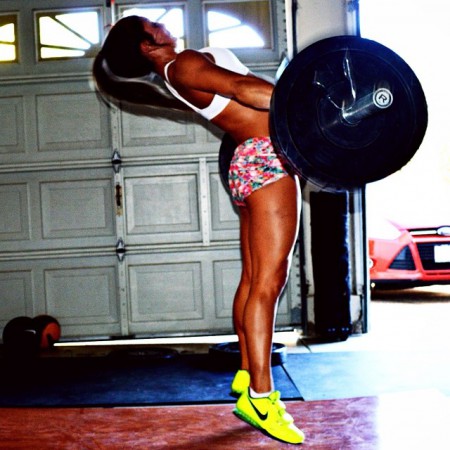Dr. Stuart McGill is a professor of spine biomechanics in the kinesiology department at the University of Waterloo and is renown as being an expert on back health. According to his academic profile, his department is concerned with (my paraphrasing) a) understand how the low back functions, b) understand how it gets injured, and c) create prehab and rehab methods based on their findings.
McGill is an expert with a variety of textbooks used in academia as well as folks in the fitness or strength and conditioning fields. This .pdf titled “Designing Back Exercise: from Rehabilitation to Enhancing Performance” from his website provides a collection of useful information. Points of emphasis in the article include:
– A proper history taking of a client
– Analyzing a client’s movement and determining faults (pg 4-5)
– A sequence of events for rehab (pg 6)
– The “big 3” stabilization exercises (pg 7)
– And developing athletic ability (pg 9)
McGill’s work is logical, easy, and effective. It has made me consider the importance of proper spinal function and positioning in lifting and athletics, and I’ve implemented them in my coaching in barbell mechanics. You’ve probably seen recent videos where I keep referring to a “strong, stable trunk” with an emphasis on “contracting the lower abs”, and I now teach it as a fundamental concept for barbell training.
Proper spinal mechanics in all movements is vital in order to prevent unnecessary injuries. I pay close attention to how trainees and athletes move, sit, stand, and lift, but in the past I have not put as much of a focus on “active spinal awareness”, which is basically making a concerted effort to align the trunk properly.
What does this mean for lifters? CrossFitters? Strength and conditioning athletes? It means that by utilizing contraction in the lower abs during lifts, we can maintain a neutral relationship between the trunk and the pelvis. If that relationship changes via too much lumbar extension or flexion, anterior or posterior pelvic tilt, or other instability, then it can at best not transmit force effectively and at worst result in an injury. It also means using spinal stabilization exercises in order to create endurance and habit for good spinal position.
Dr. McGill’s “big three” exercises can train help train this endurance and habit. In this video, he talks about four total exercises — the curl up variation, the bird dog, the side plank, and a moving plank on a ball. I know what you’re thinking: it looks like silly conventional fitness crap. These exercises aren’t supposed to build back strength, but instead they increase endurance in the back’s postural muscles so they can maintain a good, neutral position. The key to these movements is proper position, then endurance. They also teach the “skill”, or motor program, of what a correct spinal position is. Most people are in a perpetual state of instability with their spine; sitting in flexion or standing in hyperlordosis, for example. Ideally the trainee would work on their posture throughout the day in congruence with these prehab/rehab exercises, and they would improve their spine’s default position.
Given the increasing participants we have in lifting, CrossFit, powerlifting, Olympic weightlifting, and other related activities, there will always be injuries, particularly in the lower back and sacral area. Usually these injuries can be prevented with better awareness, coaching, and physical preparedness. By using the “big three” exercises in a warm-up and/or cool-down in training, trainees can be taught what is “correct” and self-diagnose what is “wrong”. Compliment it with improved coaching of the barbell lifts and it’s possible to prevent injuries, or at least the severity.
Give these movements a try in your training. Don’t expect them to have immediate impact, but look for long-term improvement. Start being self aware of what your trunk and pelvis are doing throughout the day, especially when lifting.


